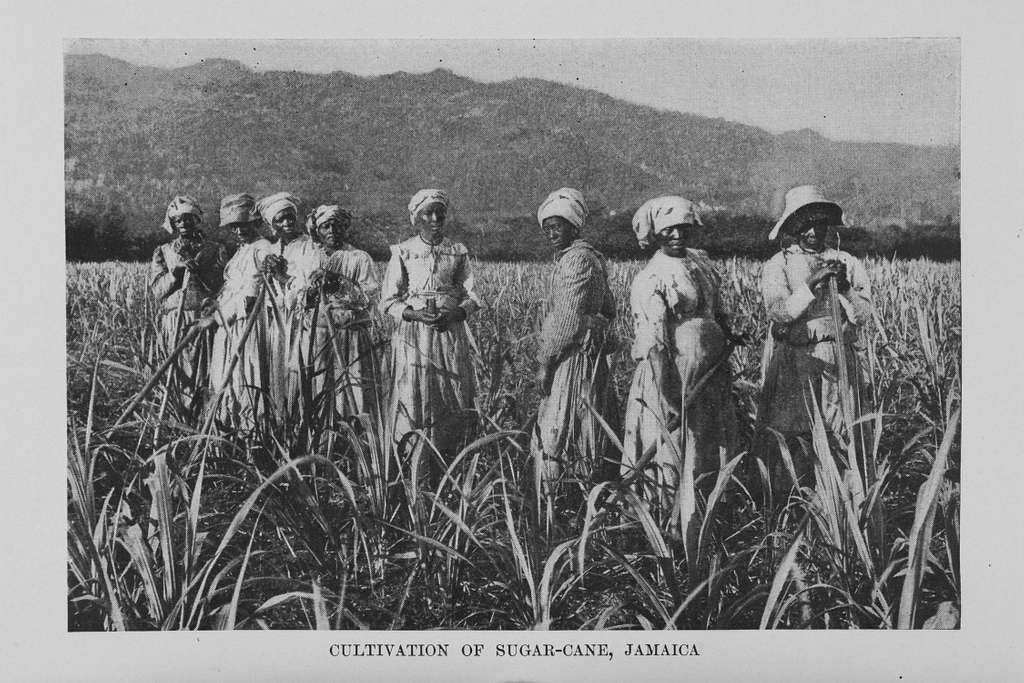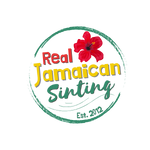
Jamaican Grown
Growing up in the 1980’s and 90’s in Jamaica was a time I saw and heard a lot of our local language being spoken not only at home, but through Arts and Entertainment channels. We enjoyed plays at the National Pantomime and as students competed in performing arts through the Jamaica Cultural Development Commission. Our local language was always front and centre there, while characters donning an American English accent would often be mockingly depicted as “spiiki spuoki”. The rising popularity of dancehall music further propelled our language throughout households breaking economic barriers in Jamaica and even internationally.
Over the more recent decades, the use of the Jamaican Language has seen a sharp rise in usage on an international scene. From theatre to the big screen, from Superbowl ads to Hollywood, the Jamaican Language has exploded on to a main stage that the local Jamaican landscape can not contain. From where this language considered magical and mystical come? You see, our language is deeply tied to the history of the island. To appreciate the inputs into our language, I will walk you through the cultures that came and the tell you about the timelines.
Origins of the Jamaican Language
The Tainos
To understand the genesis of the Jamaican Language, we must go as far back to around 600AD to the Taino people. The Tainos were the original inhabitants of our land and we see some of the influence in the words we have maintained in our vocabulary over the centuries. The very name of our country, Jamaica, has its roots in the Arawak language of the Taino people. Xayamaca, as they called it is the Arawak word meaning “the land of wood and water”. This word would later become the name by which we call our beloved island, Jamaica. Few other words from the Arawak language like barabakoa is where the name barbecue was derived and tabaka is the Arawak origin of the word we now know as tobacco.

The Spanish and The Maroons
When the Spanish stormed the island in the late 15th century, amongst other things they brought, (like diseases and hardship), they brought with them their language. So even though their conquest ultimately wiped out the Tainos taking most of their Arawak language with them, we began to see some Spanish influence appear on the language landscape of the now Jamaica. In addition to that, it is of note that by the early 16th century, Spain brought their own Africans or African descendants who had been enslaved for a long time in Spain. For sure, this group would’ve developed their own language that they would bring to the island.
By the mid 17th century when the English wrangled Jamaica from the Spanish, the Spanish language already had 100 years of impact on the island. Although defeated, some of the Spanish language, however, survived through the names of many towns and places like Port Antonio, Savanna la Mar, Rio Cobre River to name a few. Not only did some of the Spanish language survive, but some of the language of the slaves who became freed during the English takeover of Jamaica. These former slaves, called Maroons, escaped to the mountains and with that their native Kromanti language survived to this day in the confines of their community.
The English, The Irish & Other Settler
In contrast to the Spanish, having rule over Jamaica for close to 300 years, the English influence became the most prominent on the island’s language landscape by the 1600’s. Over that period, the English rule meant they brought settlers with southern English dialects, as well Irish indentured servants and plantation owners who came to partake in the prosperous sugar industry.
As the Caribbean sugar industry grew, so did immigration. This movement saw Planters from Eastern Caribbean and Surinam, with their own slaves come to settle in Eastern Jamaica. There was also the Dutch from Brazil, whose involvement in the sugar industry is said to have made its way into Jamaica. We can already see there was a huge melting pot of languages drawn together through commerce and trade.
The Africans
Unlike the Spanish who brought some enslaved Africans from Spain with them, England began the slave trade directly with the By the time the enslaved West Africans were forcibly transplanted to the now English colony as labourers, the language of ruler became the De Facto language of the land. The enslaved Africans would of course bring their very own language and would utilize English in a way that would facilitate communication with the colonizers but have a distinct resemblance to the structure of their own West African languages.
The Others
After slave trade ended and labour became scarce, the country began welcoming indentured servants from India to fill the labour gap. Not only did they fill labour gap but language gaps where words never existed prior. The Chinese came too, but by then most of the Jamaican language was already settled as several hundred years had passed.
Birth of the Jamaican Language
The Jamaican Patois, like other Creole languages, has a structure that is similar to that of West African languages, as well as to English and other European languages. It has a distinct grammar, vocabulary, and pronunciation that have developed over time through the mixing of these different languages and cultural influences.
In terms of grammar, Jamaican Language sometimes follows a subject-verb-object (SVO) word order, which is similar to English. However, it also has some features that are common to West African languages, such as the use of preverbal markers to indicate tense and aspect. For example, the word “a” is used to indicate present continuous tense, as in “mi a go a di shap” (I am going to the shop).
In terms of vocabulary, our Jamaican Language has borrowed a vast number of English words like better for which we have beta and mek from the English make. There are also influences from West African languages, Spanish, and Portuguese, among others.
The West African Languages Akan, Yoruba and Twi have given us words like doti (ground), dopi (ghost), unu (you), nyam (eat) and pyaka pyaka(wet).
Likewise, the Jamaican words gyanja (cannabis), bandaana, kuuli (coolie) of Hindi origin have as much place in our culture as pikni from the Portuguese pequenino.
Jamaican also has created its own unique words like Yaad (Jamaica or home), medz (to ponder), butu (uncouth) and so many more expressions that have been woven together to reflect our country’s culture and history.
It is clear the history of Jamaica has had a significant influence on the development of the Jamaican language. The structure of the Language reflects the complex linguistic and cultural history of Jamaica. Its development over time, through the mixing of different languages and cultural influences from the Taino to the Spanish, the English, the Africans, and the other settlers thereafter play a significant role in Jamaican language, culture, and identity.
As we progress through the decades, there is undoubtedly an increase in prominence of the Jamaican Language. Widespread text communication tools such as email, social media and messaging services have exposed a proliferation of Jamaican text spelled in various ways. Standardization of the written form of the Jamaican Patois Language is an area we as a people need to work together to achieve.
Preserving the Jamaican language and culture, orally and through documentation, is crucial for maintaining the country’s identity, promoting national pride, attracting tourism, offering educational value, and preserving linguistic diversity.
